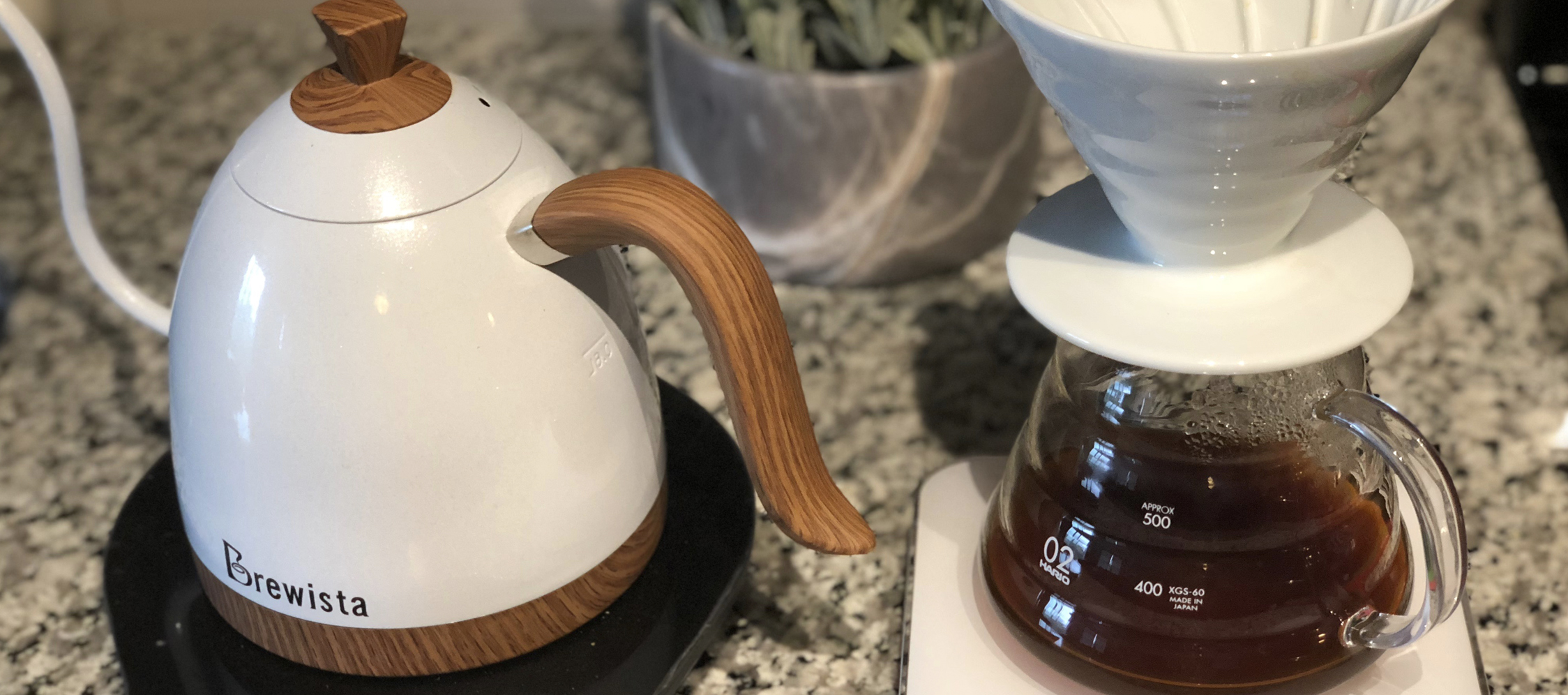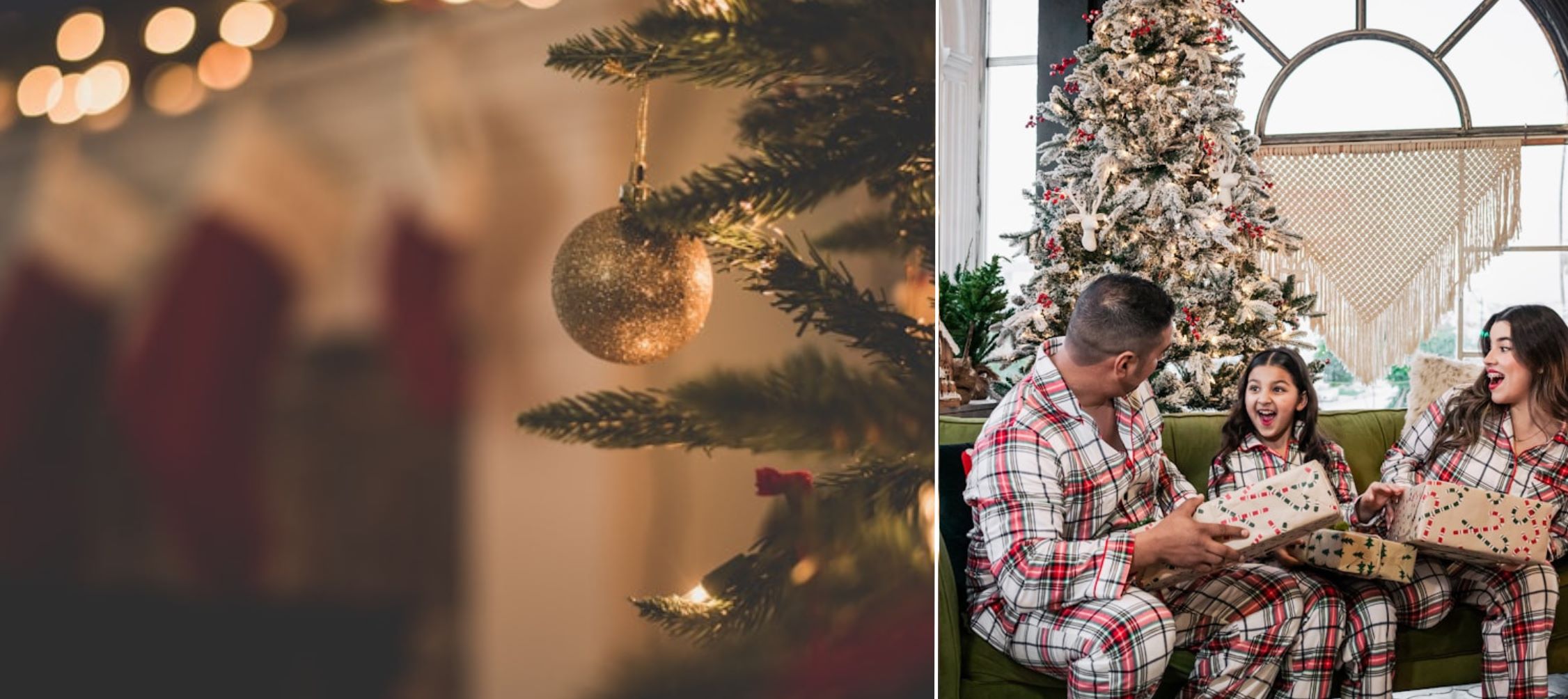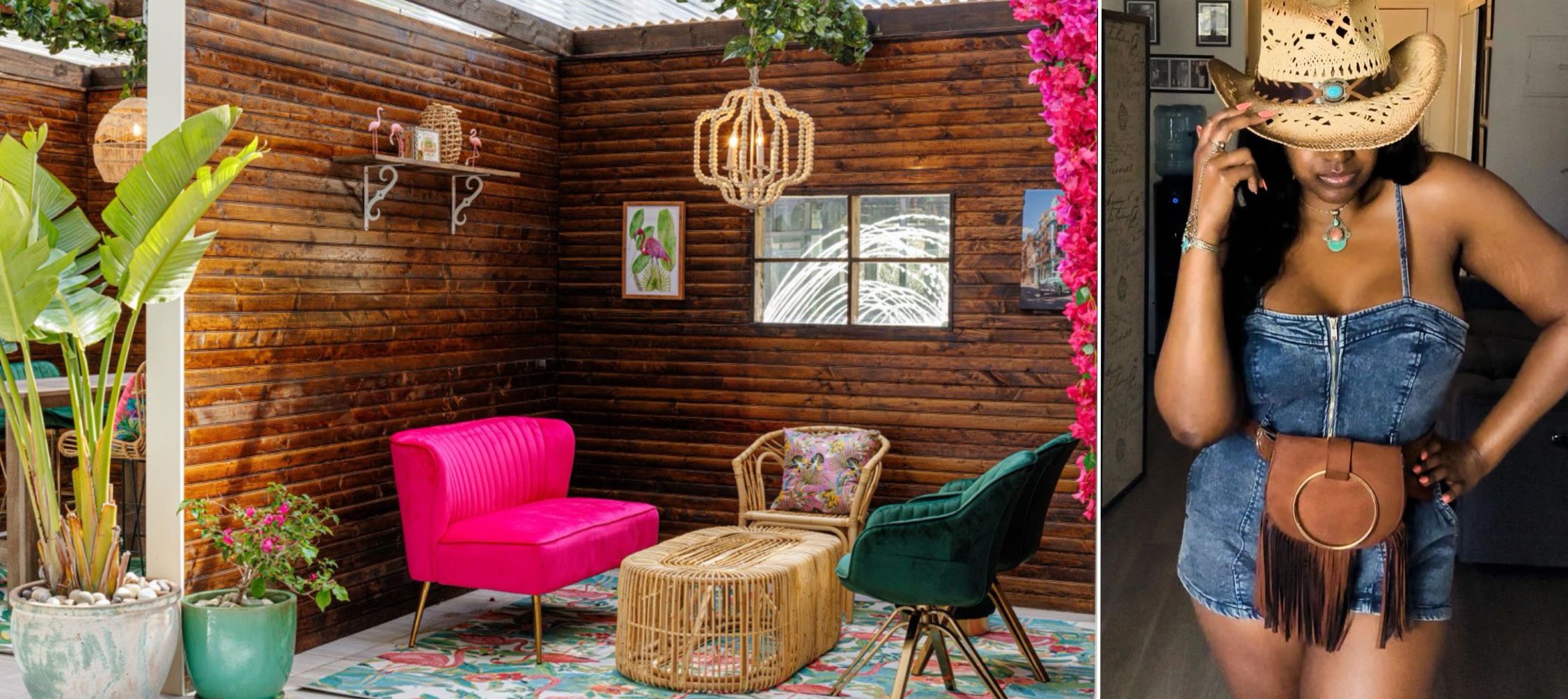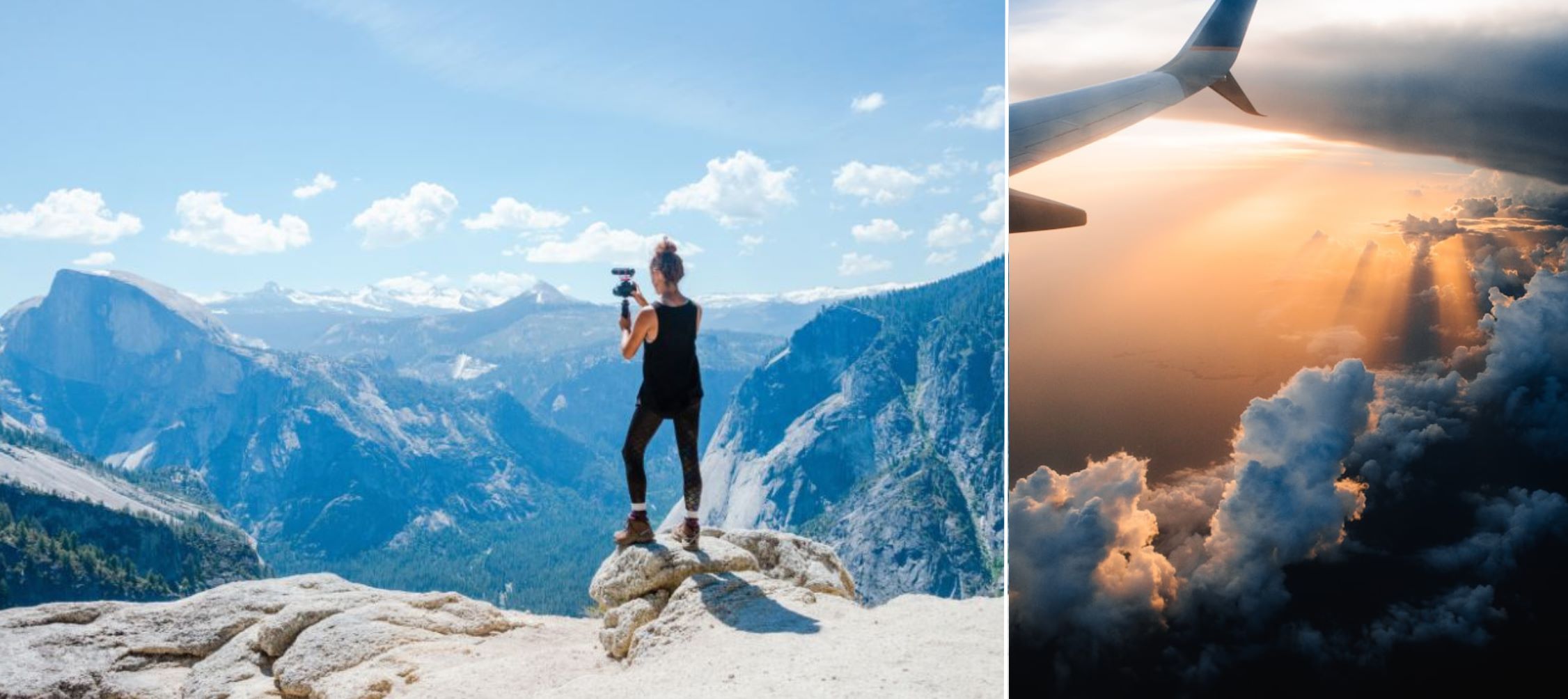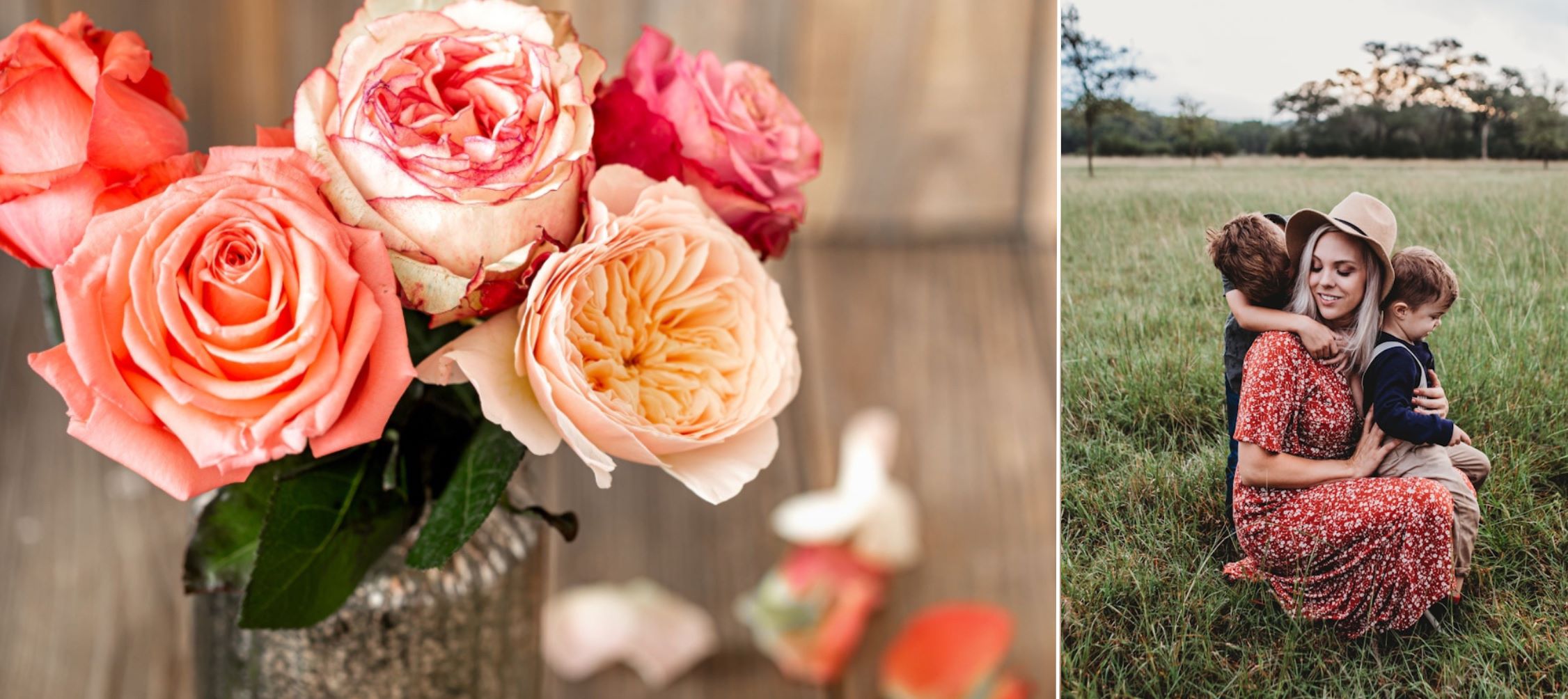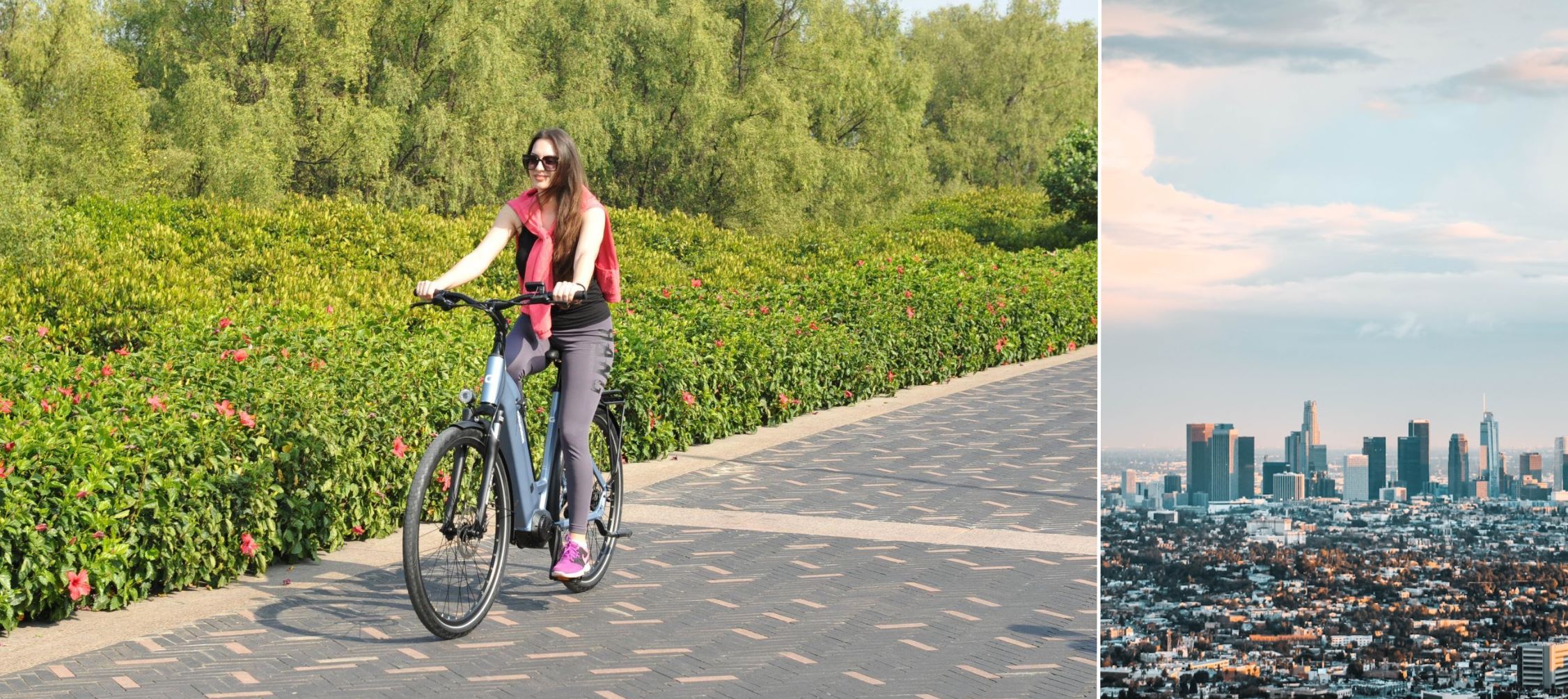I am often asked, “What is the best coffee?” “What is the best way to make coffee?” Over the last 20 years coffee has risen from the modest improvement of the Second Wave (Starbucks, Caribou, Green Mountain, Peet’s) to the more significant era of improvement often referred to as Third Wave (Intelligentsia, Counter Culture, Stumptown, Blue Bottle). This new generation of coffee companies has facilitated consumer access to the best coffee in the world at affordable prices (As I write affordable my mind is exploding in protest because the goal really is to pay more for better coffee not make the coffee affordable or cheap). So, with this new generation of coffee at our disposal, how does one select and make the best coffee at home? I hope to provide you the whole hoopLA on how to make exquisite cups of coffee everyday, at home, for you and yours.
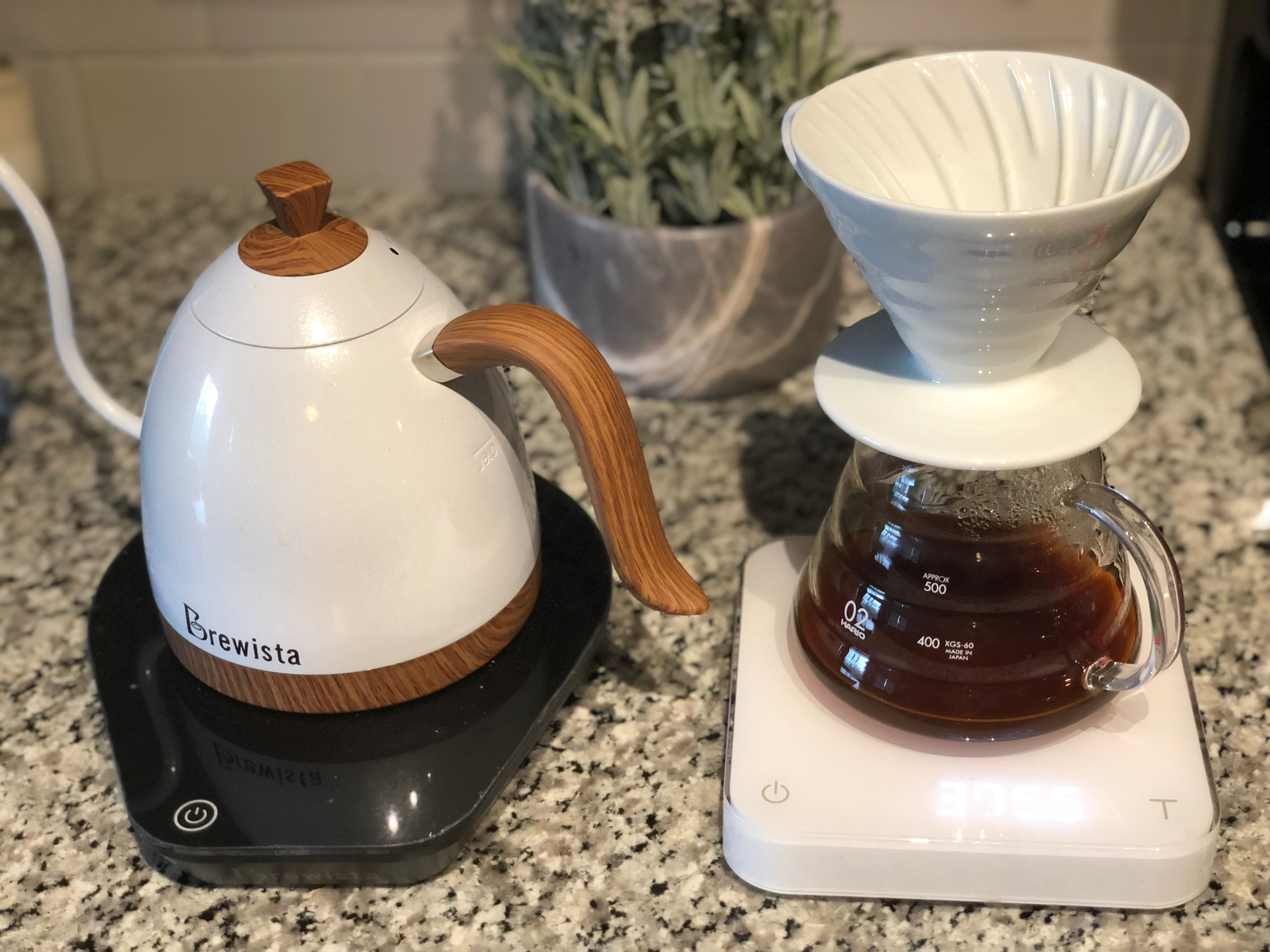
First
The quality of coffee depends on many factors. The best way to control for all those factors is to rely on the roasting company. Today, many roasting companies are involved in the process in a comprehensive way from the “seed to cup”. After you have settled on a roasting company, it is time to experiment via selection. The four main factors that are going to affect your experience in the cup are Variety (gesha, bourbon, pacamara) Process (washed, natural, honey) Roast Profile (light, medium, dark) and Country of Origin (Ethiopia, Panama, Brazil). Select based on these characteristics and see what you like. I recommend starting by ordering a bag of washed process coffee and a bag of naturally processed coffee from whatever country you would like. Choose single origin coffees as opposed to blends. Blends are not necessarily bad but are typically comprised of lesser quality coffee from a variety of countries.
To get started, here a few local roasting companies I like and few other roasting companies that are not local but are some of my favorite:
Black and White Coffee Roasters (back to back National Barista Champions right at our doorstep!)
Counter Culture (The stalwart, but man they really continue to produce a great product)
Passenger Coffee (One of the most innovative coffee companies out there with an expansive menu of single origin coffees to choose from)
Onyx Coffee Labs (Fast rising southern roasting company with some truly tasty beans)

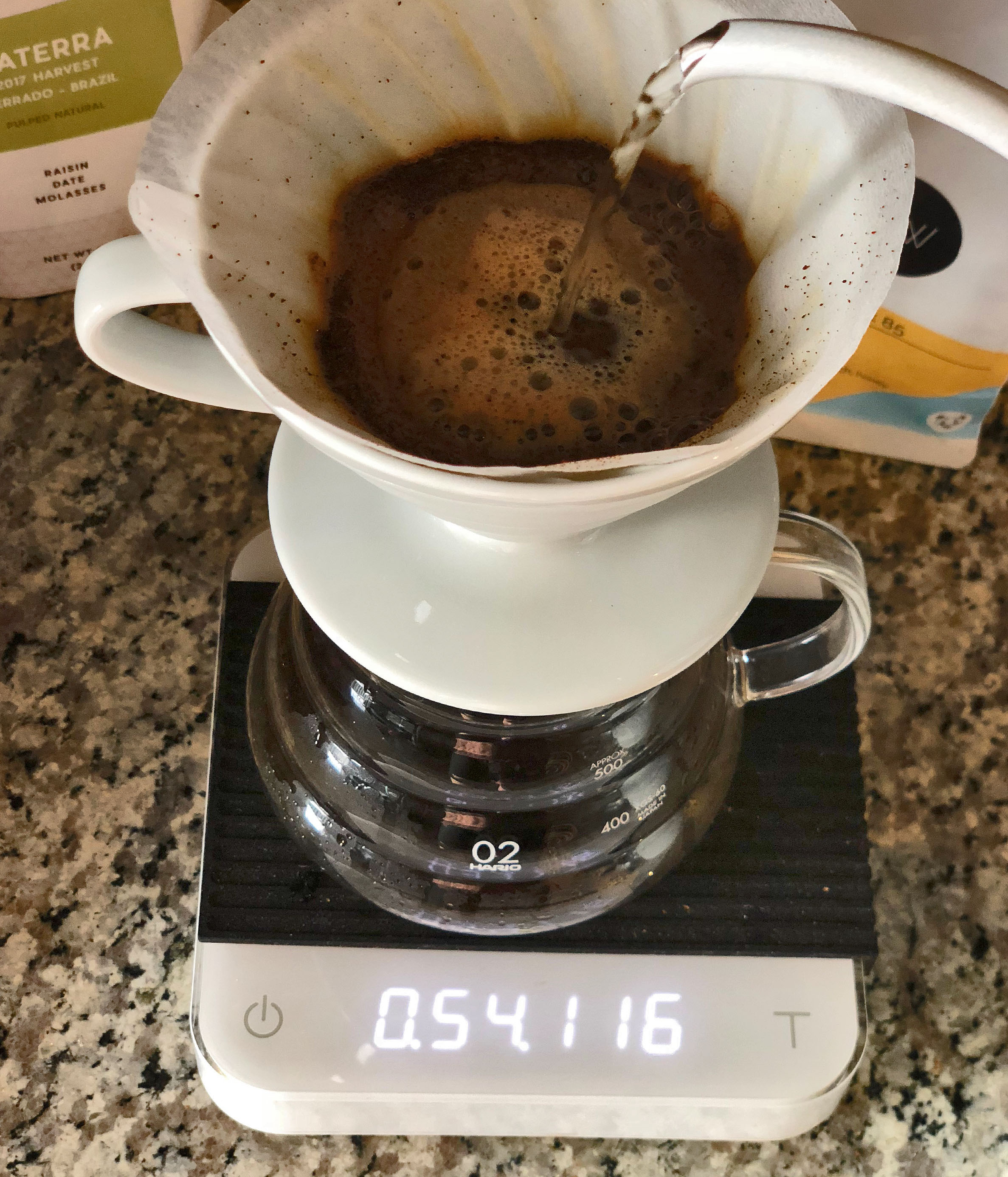
Second
Now it is time to brew your coffee. I will discuss two main components to this process: Getting the right gear and using that gear.
What you will need to make a pour over:
- The pour over funnel. I recommend the white ceramic Hario V60 or the white ceramic Kalita Wave.
- The decanter. I recommend the 600 ML Hario decanter or the 600 ML Kalita decanter.
- White paper filters. You can experiment with various kinds. The main concern is the filter not imparting any paper taste into your cup. I find the Hario and Kalita branded filters to be fine. Make sure you select the right size which is delineated by a number.
- Either a stove top or an electric swans neck kettle. Electric is best and will allow you to control the exact temperature of the water and heats water faster. Brands to check out are numerous: Fellow, Hario, Bonavita, Brewista. I currently love my Brewista Pearl electric kettle but full disclosure: this was given to me on a sponsorship basis for the Brewers Cup National Championships.
- Digital Scale. The CJ 4000 is affordable and highly accurate. The black Hario scale is affordable and includes a timer. This may be the most essential component. You will need to weigh exact ratios of water and coffee to be consistent and make a tasty brew.
- A burr grinder. This is very important. You will not be able to extract consistently without one. The cheapest option is probably a Hario hand grinder. They are very cool and effective but labor intensive like churning butter. The best option when getting started is probably a Baratza product. I have the Encore 485. If you want to go nuts, check out what Mahlkonig has to offer. They are very expensive but the quality is exceptional and it will make a big difference in the consistency of your grind.
- Spring Water. I like Deer Park. This may seem picky but it is very important. Coffee interacts with the content of your water to make flavor. Distilled water is like your coffee linkin up to party with your water but the room is empty, there a no refreshments, and no music. The coffee needs the magnesium and calcium offered in most spring waters to have a flavor party. Tap water can even be good depending on where you live.
- You are ready to brew! This might seem like a lot, but once it is all in place it gives you a seamless pour over system to make tasty coffee on a dime, on demand.
Now I will run through a basic example of how to make a pour over. There are myriad techniques that could be discussed so get some youtube education to boost your skill level, but this should give you a good system to start with.
- Heat your water. Boiling at sea level is 212 degrees. Start by brewing at 205 degrees and adjust depending on your preference and the coffee. You can read more online about different brew temps for different coffees.
- Weigh your coffee. Start by using 20 grams of coffee. The standard water to coffee ratio is 15 to 1. For 20 grams of coffee you will pour 300 grams of water onto the coffee.
- Wet your filter. The Hario V60 will require that you fold the filter at the seem to fit it in flush within the walls of the funnel. The Kalita Wave filter fits in perfectly without folding. Once it is sitting in the pour over funnel take your hot water from the kettle and pour some of it in the funnel so that it completely saturates the filter. This will wash away any paper taste.
- Grind your coffee. Grind size is one of the most important elements. Table salt is a good size to start with. You will have to experiment based on how your coffee tastes and how long your brew takes. Weak or under extracted coffee probably requires a finer grind. Strong or over extracted coffee may require a courser grind.
- HERE WE GO!!! Place your decanter on the scale. Place your pour over funnel on the decanter. Press tare on the scale. Pour exactly 20 grams of coffee into the pour over funnel. Lightly shake the funnel so the coffee bed inside is even. Press tare on the scale. Start by pouring a 50-80 gram pour of water and then let it sit for 30 seconds before pouring anymore. This is called the bloom. Watch all the gas release from your super fresh coffee. Once 30 seconds has passed you will pour in one of two fashions: A. You will pour in what is called pulses until your reach 300 grams or B. You will pour the rest of the water at once up to 300 grams. I use the pulse method. I pour 150 grams into the center with a circular stirring motion. Then I pour the final 100 grams directly into the center. Immediately after this final pour I slightly raise the funnel off of the decanter so that I can give the slury (coffee and water suspension) a light swirl by moving the funnel in a circular motion above the decanter as if you were swirling some wine around in a glass. One swirl should be sufficient. This ensures more even extraction of all the coffee as evidence by a perfectly flat bed off coffee when the water drains through. Once all the water has drained through you are done. Congratulations!
Third
Now it is time to enjoy what you have created. I use the word created very intentionally. You have skillfully prepared this cup of coffee. You didn’t press a button and walk away. You thoughtfully decided how best to prepare this product and in ten minutes time total you made yourself one of the best cups of coffee anyone is having anywhere in the world at that very moment. What is better in life then creating something beautiful? This is especially true when making delicious coffee.
A few quick points on drinking your coffee.
- Aroma. Swirl the decanter and assess the aroma of the coffee. Some coffees are quite aromatic.
- Flavor. Pour a small amount of coffee into a white ceramic cup of your choice. Only pouring small amounts at a time allows the coffee to cool more rapidly. Specialty grade coffee is best enjoyed warm to cool, not hot. When you sip, think about what flavors you are experiencing. You may sense a sweetness, but what kind? Berries? Apples? You may sense a florality but what kind? Jasmine? White Flowers? It is tough when you start to try to imagine what exactly this experience in your mouth is reminiscent off. Connecting sensations to your memory bank of experiences with flavors can be tough. You will get better and better with time.
- Body. What is the mouthfeel of the coffee. Delicate and tea like? Thick and syrupy? This is one of the toughest characteristics to discern and can be affected by the brew as opposed to the coffee.
- Acidity. Is the sweetness bright and sparkling. Or is it medium level and integrated with flavors like chocolate?
- OR. You can just turn your brain off and enjoy the coffee without thought. Be in the moment with your creation. Get excited about how damn good it is. Share it with your friends.
This may seem like a lot, but after a few initial attempts it will become routine. For me it has become a meditative ritual. I cherish my time making coffee and I hope you will too.


